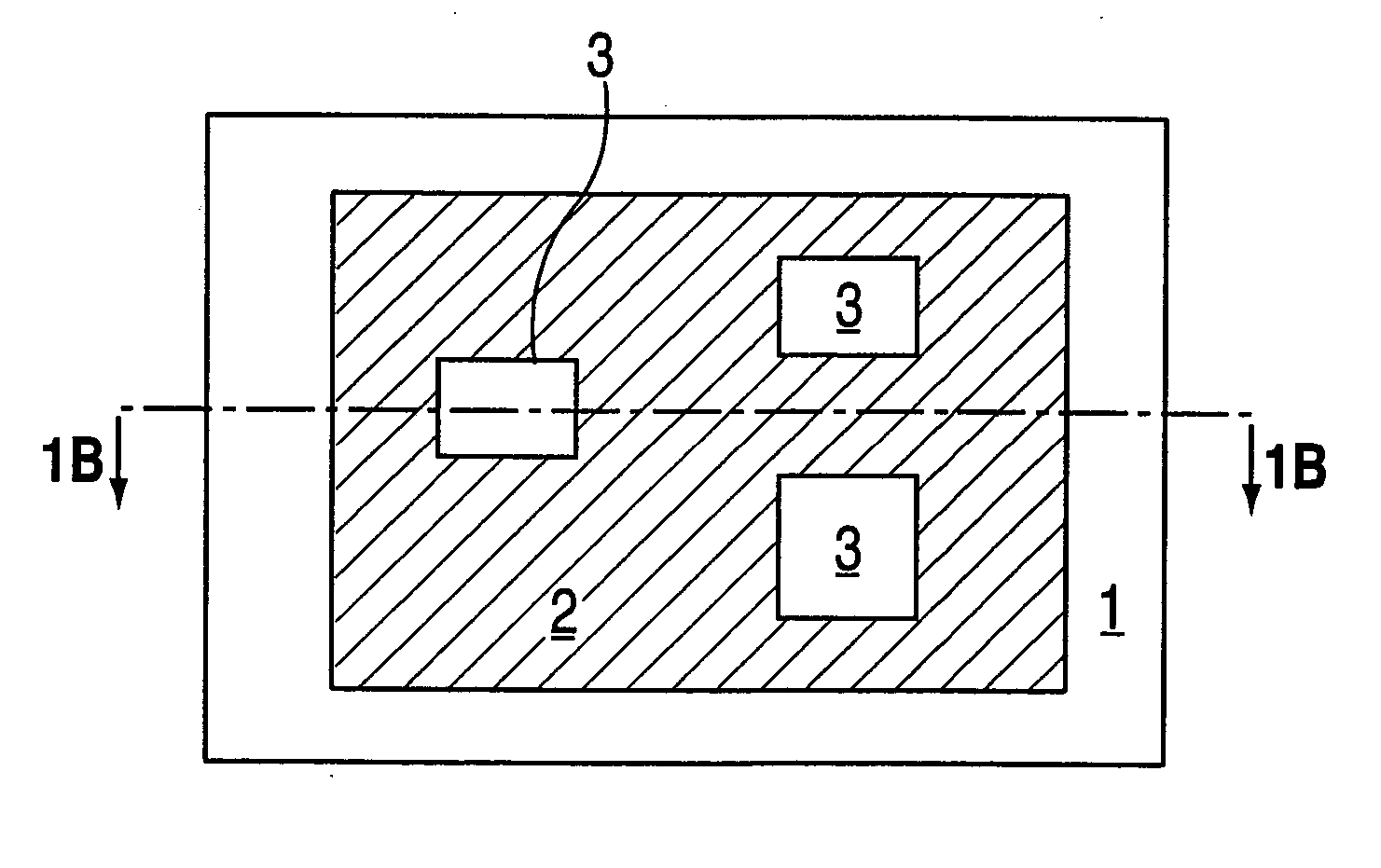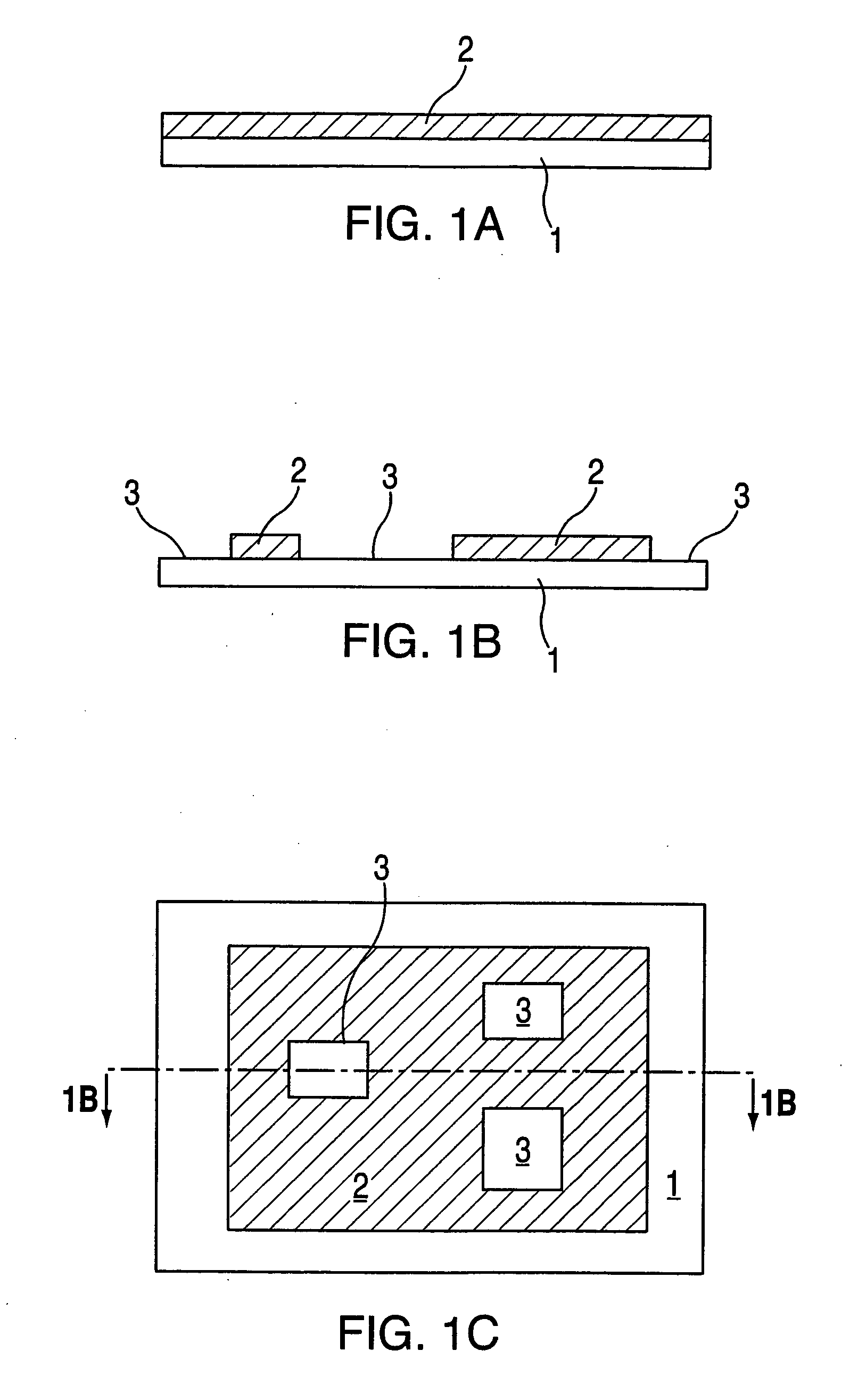Gap tuning for surface micromachined structures in an epitaxial reactor
a micromachined structure and epitaxial reactor technology, applied in the field of micromechanical structure manufacturing, can solve the problems of slow etching rate, limited aspect ratio, and limited lithography and etching process limitations, and achieve high layer deposition rate and production rate. high
- Summary
- Abstract
- Description
- Claims
- Application Information
AI Technical Summary
Benefits of technology
Problems solved by technology
Method used
Image
Examples
Embodiment Construction
[0015] According to an exemplary embodiment of the present invention, a method for gap tuning a micromachined structure or device is provided. As shown in the cross-section view in FIG. 1a, the partially formed device is based on a substrate layer 1 of, for example, substrate silicon, upon which a sacrificial layer 2 of, for example, SiO2 is deposited in an Low Temperature Oxide (LTO) process or thermally grown. FIG. 1b shows a cross-section view of the substrate / sacrificial layer combination of FIG. 1a after a pattern of holes or open areas 3 have been formed in sacrificial layer 2 using etching techniques, for example by application of a photo-sensitive material over the sacrificial layer, applying a mask with the desired etching pattern over the photo-sensitive material, exposing the masked surface to light, and then applying etchants to remove the exposed portions of the photo-sensitive material then the sacrificial SiO2 underneath the exposed portions. FIG. 1c shows a plan view...
PUM
| Property | Measurement | Unit |
|---|---|---|
| thickness | aaaaa | aaaaa |
| temperature | aaaaa | aaaaa |
| pressure | aaaaa | aaaaa |
Abstract
Description
Claims
Application Information
 Login to View More
Login to View More - R&D
- Intellectual Property
- Life Sciences
- Materials
- Tech Scout
- Unparalleled Data Quality
- Higher Quality Content
- 60% Fewer Hallucinations
Browse by: Latest US Patents, China's latest patents, Technical Efficacy Thesaurus, Application Domain, Technology Topic, Popular Technical Reports.
© 2025 PatSnap. All rights reserved.Legal|Privacy policy|Modern Slavery Act Transparency Statement|Sitemap|About US| Contact US: help@patsnap.com



